
Table of Contents
ToggleIntroduction
Legendary Bodyguards: Throughout history, leaders have always needed protection. Kings, emperors, generals, and even spiritual authorities relied on elite warriors whose bravery and loyalty went beyond ordinary soldiers. These were not just guards with weapons; they were symbols of trust, honor, and ultimate sacrifice. Their mission was clear: to place their leader’s life above their own.
In this article, we’ll explore the 10 most legendary bodyguard corps in history. From the first organized guards in the ancient Hittite empire to the colorful Swiss Guard still protecting the Pope today, each story reveals lessons in courage, professionalism, and the high cost of standing close to power.
1. The Mesedi – Guardians of the Hittite King (~1600–1200 BC)
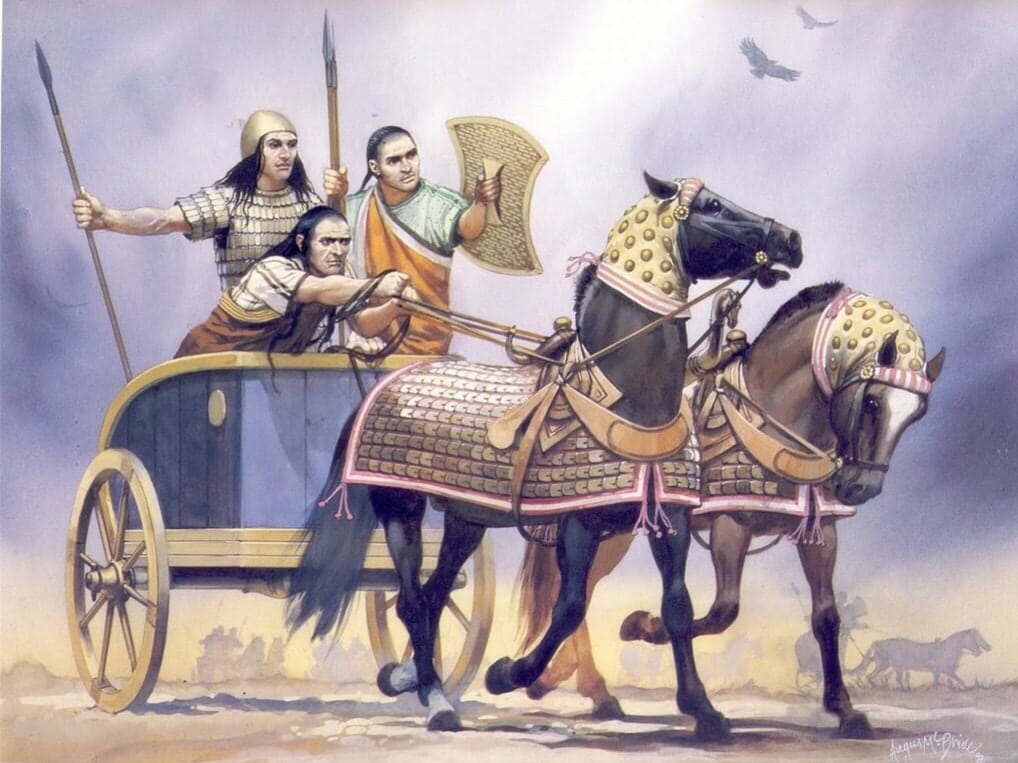
The Mesedi are among the first documented bodyguards in history. Serving the kings of the Hittite Empire, they were more than soldiers; they were a protective shield against one of the deadliest threats of ancient politics: palace assassination.
- Bravery in the shadows: The Mesedi guarded the king constantly, day and night. When conspiracies brewed in the royal palace, they stood firm, often intercepting assassins at the cost of their own lives.
- Professionalism: Their unit was led by the Gal Mesedi, a high-ranking officer whose role combined military command with political responsibility. He was trusted not only with the king’s safety but with access to the royal court.
- Legacy: They set a model of professional protection — loyalty reinforced with discipline — centuries before Rome or medieval Europe would follow suit.
The Mesedi’s bravery lay not in open battle but in vigilance. They proved that true guardianship begins in silence, long before a blade is drawn.
2. The Somatophylakes – Alexander the Great’s Personal Protectors (~336–323 BC)
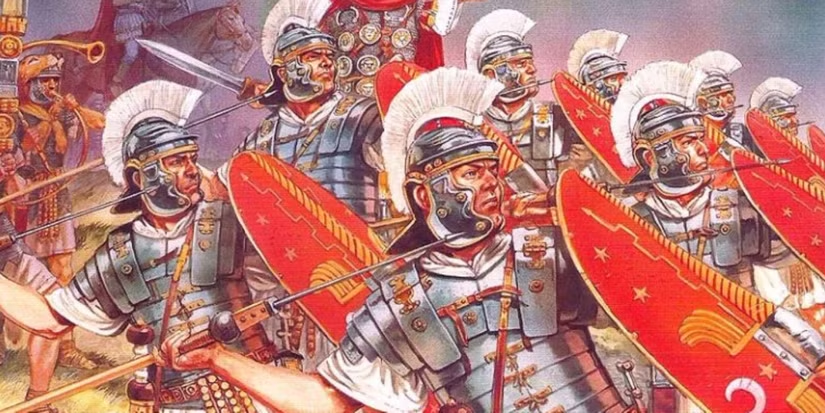
Alexander the Great conquered most of the known world, and he did it with a circle of elite guards called the Somatophylakes, meaning “Bodyguards.”
- Courage in battle: Unlike ceremonial guards, the Somatophylakes fought at Alexander’s side in brutal hand-to-hand combat. Their duty wasn’t to stand by; it was to fight, bleed, and often die with their king.
- Professionalism: Selected from Macedonia’s finest warriors, they weren’t chosen just for strength, but for loyalty and intelligence. They were advisors, confidants, and protectors rolled into one.
- Notable moments: At the Battle of Granicus and later at Issus, they formed the last shield between Alexander and waves of enemy soldiers. Their bravery ensured history remembers Alexander as “the Great” — alive to claim his victories.
Their example proves that professionalism in bodyguarding is not just about protection, but about sharing the risk at the frontline.
3. The Lictors – Symbols of Roman Authority (509–27 BC)
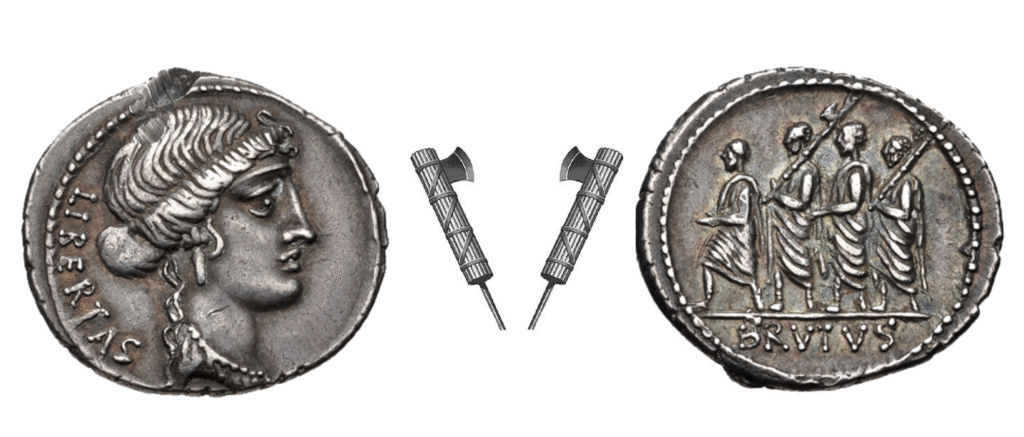
In Republican Rome, the Lictors were not just guards — they were the embodiment of law and order. Each magistrate of Rome was accompanied by 12 lictors carrying the fasces, bundles of rods with an axe symbolizing power.
- Courage through symbolism: The lictors didn’t simply fight; they deterred violence by their very presence. Walking ahead of their magistrate, they cleared crowds and faced angry mobs with calm professionalism.
- Professionalism: Lictors were carefully selected free men, trained to maintain discipline in public life. They balanced ceremonial dignity with the courage to act decisively if a threat emerged.
- Legacy: Their role highlights an early understanding of executive protection: intimidation, visibility, and readiness combined.
In many ways, the lictors were the ancestors of modern protective services — calm, visible professionals who prevent violence before it begins.
4. The Praetorian Guard – Power and Betrayal in Imperial Rome (27 BC–312 AD)
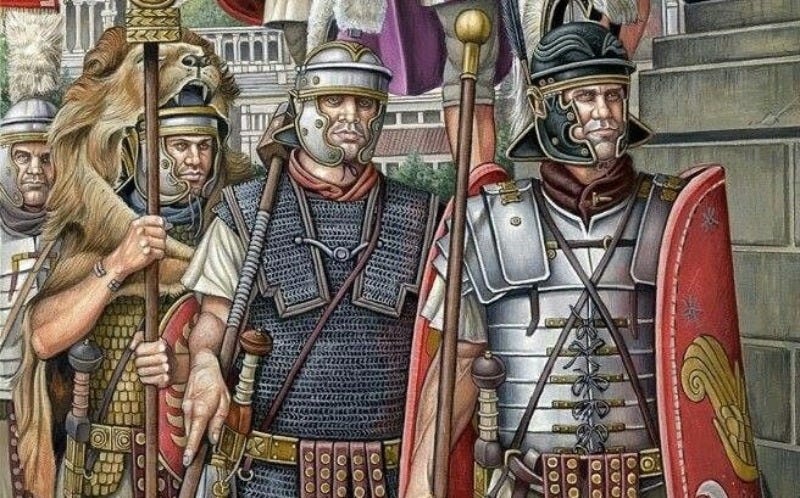
Perhaps the most famous (and infamous) bodyguards in history are the Praetorian Guard. Established by Augustus, they served as protectors of Roman emperors for nearly 300 years.
- Courage in chaos: The Praetorians defended emperors during riots, palace coups, and invasions. Their bravery was tested repeatedly in Rome’s volatile political environment.
- Professionalism under scrutiny: While disciplined, their power made them dangerous. They guarded emperors, but also dethroned or assassinated them when loyalty faltered.
- Notable acts of valor: During the Year of the Four Emperors (69 AD), Praetorians fought fiercely to defend their chosen ruler in civil war. Their professionalism was unmatched, even if their loyalties shifted.
Their legacy is a warning: bodyguards hold immense influence. Bravery and professionalism must always be anchored in loyalty, or protection turns into peril.
5. Housecarls – The Anglo-Saxon Warrior Bodyguards (~800–1066 AD)
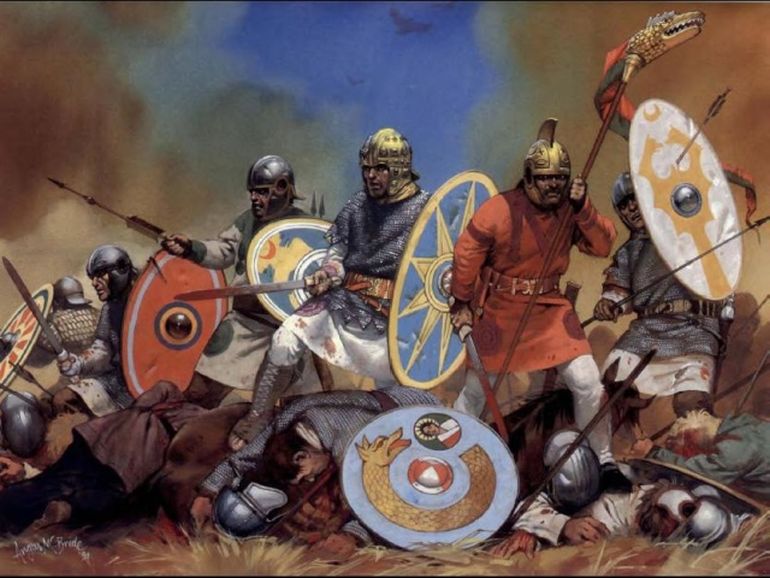
In early medieval England, kings were protected by Housecarls — elite warriors sworn to defend their lord until death.
- Bravery on the battlefield: At the Battle of Hastings (1066), King Harold’s Housecarls formed a shield wall, absorbing Norman cavalry charges with their massive axes. They fought to the last man around their fallen king.
- Professionalism: Trained from youth, Housecarls were paid retainers, disciplined soldiers living close to their monarch. Their loyalty was bought with gold but sealed in blood.
- Legacy: They embody the image of the warrior-bodyguard: fearless, professional, and ultimately sacrificial.
Their bravery is immortalized in the Bayeux Tapestry, where they are shown giving their lives at Hastings — loyalty until the very last breath.
6. Sergeants-at-Arms and Yeomen of the Guard (England, 1191–present)
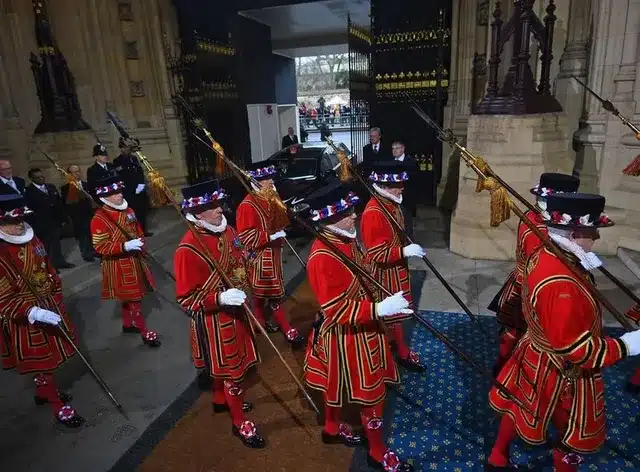
England developed a unique tradition of royal bodyguards.
- Sergeants-at-Arms (1191): Created by Richard I during the Crusades, they were armored horsemen who fought beside the king, projecting both protection and royal prestige.
- Yeomen of the Guard (1485): Founded by Henry VII after Bosworth, they are Britain’s oldest surviving military corps. Known today as ceremonial guards, in their origins they were battle-hardened protectors.
- Bravery and professionalism: These men marched into battle with their king, forming the backbone of royal security. Over centuries, their role transformed into a blend of protection and pageantry, yet professionalism endures.
Their survival across 800 years is proof of their discipline, honor, and adaptability.
7. The Samurai Bodyguards of Japan (~900–1800s)
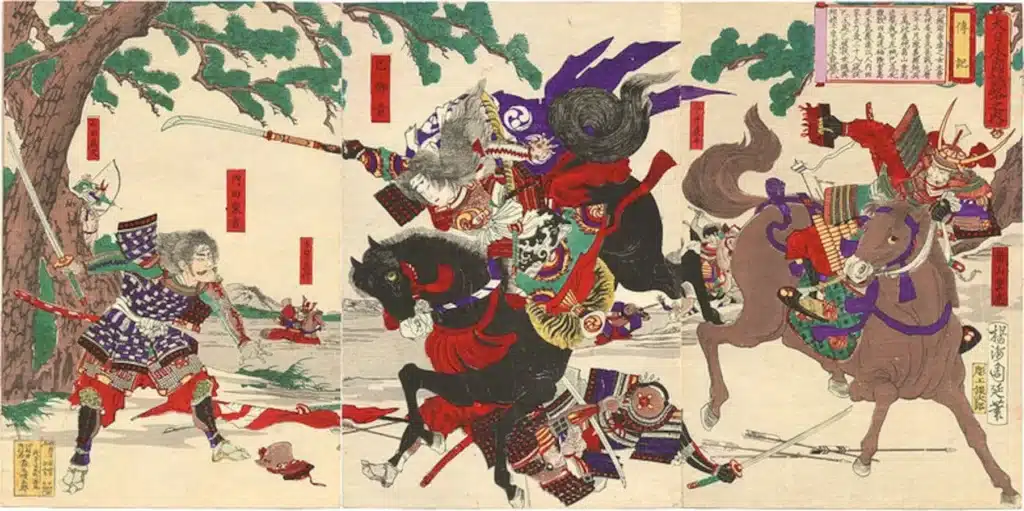
Few images of guardianship are more iconic than the Samurai, protectors of Japanese lords and shoguns.
- Bravery in the code of Bushidō: Samurai lived by the creed of loyalty unto death. Protecting their lord was not just a duty, it was their identity.
- Professionalism in training: Masters of sword, bow, and later firearms, Samurai were among the most disciplined warriors in world history. Their personal honor demanded perfection.
- Notable acts: Countless stories recount Samurai who committed seppuku (ritual suicide) after failing to protect their master — the ultimate expression of loyalty and responsibility.
The Samurai remind us that true protection is not just about skill, but about moral courage and identity.
8. The Haras – Bodyguards of the Islamic Caliphates (~660–1250 AD)
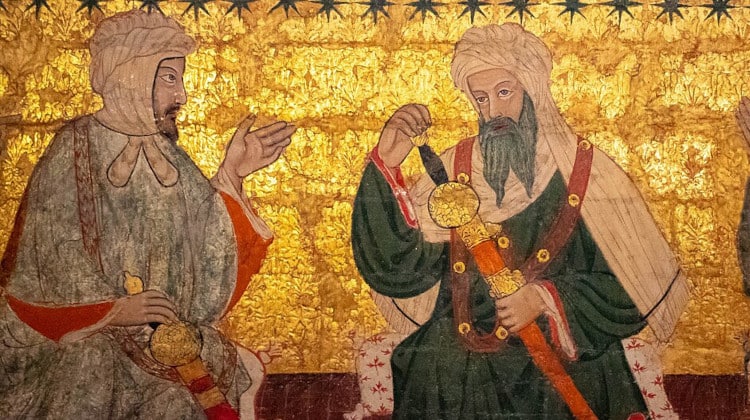
During the Umayyad and Abbasid Caliphates, rulers were protected by the Haras, a specialized corps stationed even in mosques during prayers.
- Bravery under divine watch: Guarding a caliph was not only political but religious. The Haras stood vigilant during sermons and ceremonies, ready to face daggers even in sacred spaces.
- Professionalism: Armed with spears, maces, and whips, they patrolled palaces by night and stood guard by day. Their duty demanded unwavering alertness.
- Historical impact: The Haras prevented — and sometimes avenged — numerous assassination attempts, proving their worth in volatile times.
Their bravery lay in constant exposure to conspiracies and religious tension — yet they stood firm with dignity and skill.
9. The Rynda – Noble Bodyguards of the Russian Tsars (16th–17th Century)
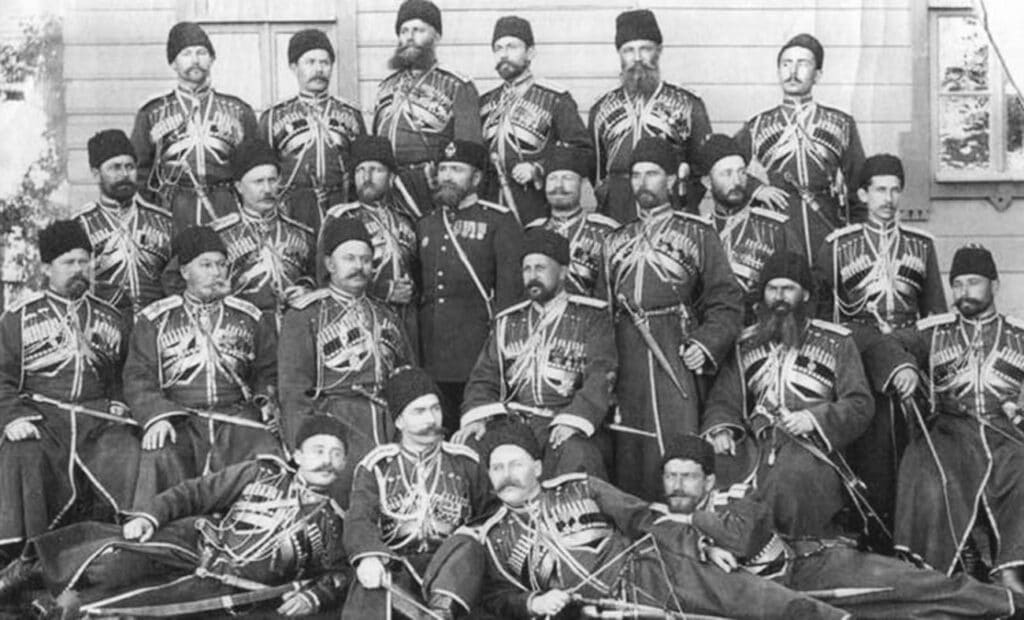
In Russia, Tsars were escorted by the Rynda, young nobles who carried ceremonial axes and guarded their sovereign.
- Bravery with tradition: Though richly dressed, they were more than symbolic. In battles, they rode alongside the Tsar, ready to sacrifice their lives.
- Professionalism: Chosen from noble families, the Rynda embodied discipline and aristocratic loyalty, balancing status with service.
- End of tradition: Abolished by Peter the Great in 1698, their legacy survives in Russian cultural memory.
The Rynda symbolize protection as both honor and burden — their courage lay in linking nobility with duty.
10. The Swiss Guard – Protectors of the Pope (1506–Today)
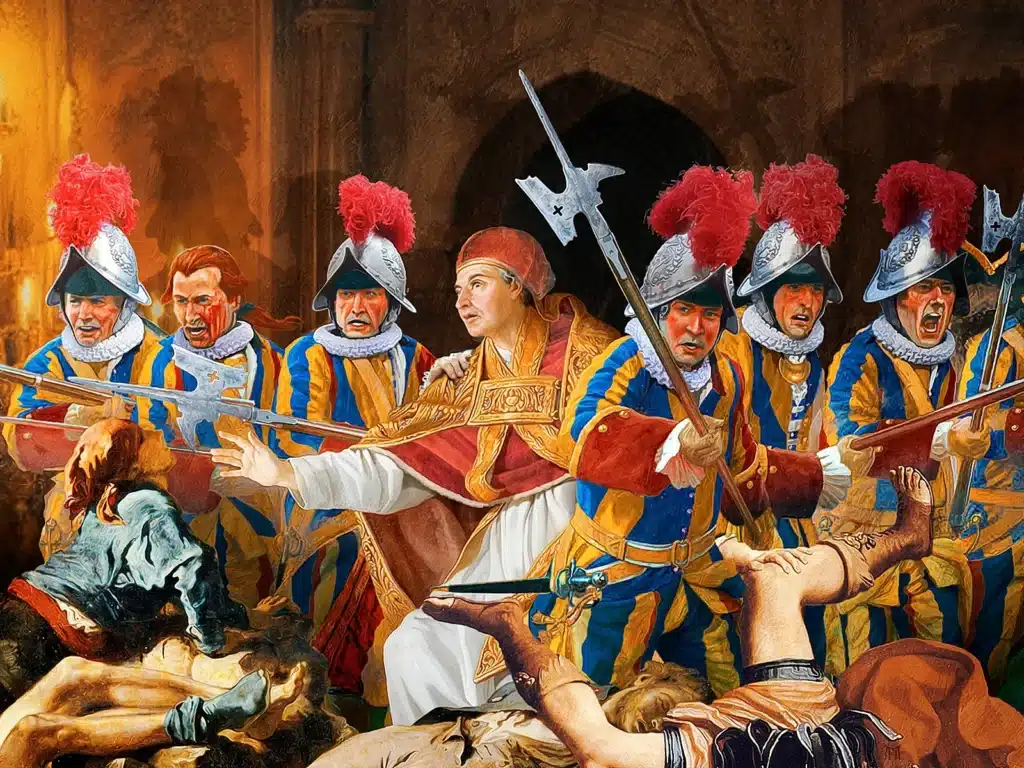
The Pontifical Swiss Guard is perhaps the most famous active bodyguard unit in the world. Established by Pope Julius II in 1506, they continue to protect the Vatican.
- Bravery through centuries: At the Sack of Rome (1527), 147 Swiss Guards gave their lives defending Pope Clement VII, allowing him to escape. Their courage remains a defining moment in bodyguard history.
- Professionalism today: Modern Swiss Guards train with advanced weapons, but their Renaissance uniforms remind the world of tradition. Recruits must be Swiss, Catholic, and highly trained soldiers.
- Legacy: Their blend of ceremonial splendor and real protection makes them a living symbol of professionalism and courage.
Few bodyguard units can claim such continuity: 500+ years of loyalty, sacrifice, and unwavering duty.
Conclusion
From the Mesedi of ancient Hittite kings to the Swiss Guard of the Vatican, bodyguards have always stood at the crossroads of power and danger. Their stories are tales of bravery — facing assassins, armies, and conspiracies — and of professionalism, upholding loyalty and discipline above personal survival.
These legendary protectors remind us that history is not only shaped by rulers, but also by those who stood bravely at their side, ready to give everything.
See more: https://360protectivesolutions.com/
other: https://list25.com/25-most-effective-bodyguard-units-in-history/





